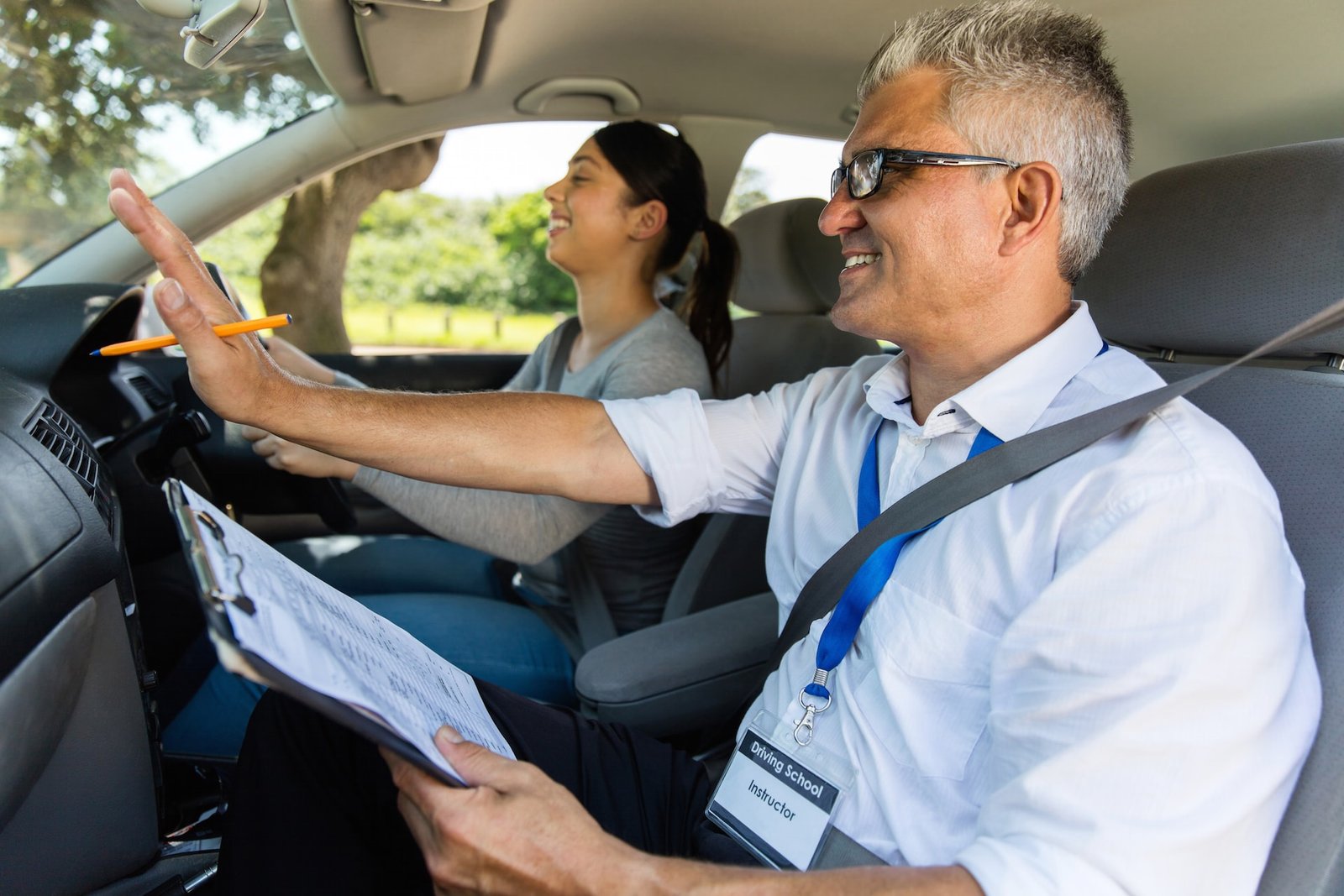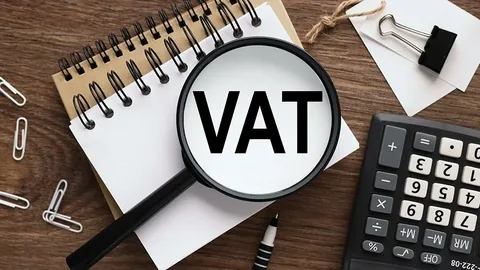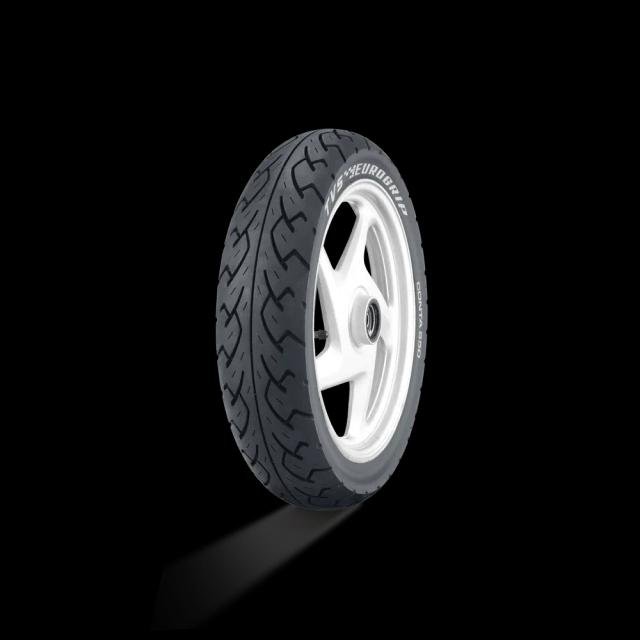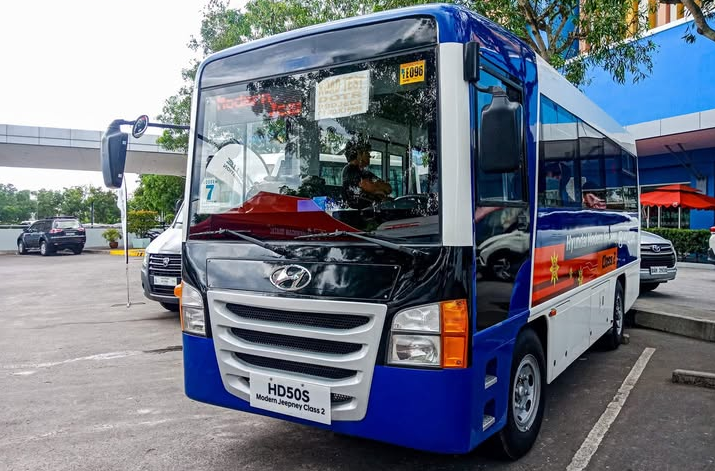If you’re planning to learn how to drive, understanding the average price of driving lessons is crucial for budgeting. The cost of driving lessons can vary based on several factors, from the instructor’s experience to the region you live in. In this blog, we’ll explore the key factors that influence the average price of driving lessons and help you navigate what to expect when booking your lessons.
1. Instructor’s Experience and Qualifications
One of the main factors that impacts the price of driving lessons is the instructor’s experience and qualifications. Instructors with more experience or advanced certifications often charge higher rates because they provide quality instruction and have proven success in helping learners pass their driving tests.
How Experience Affects Prices:
- Approved Driving Instructor (ADI): Fully qualified instructors who have completed advanced training and rigorous testing often charge more for their expertise.
- Specialized Instruction: Instructors who specialize in teaching nervous learners, people with disabilities, or advanced driving techniques may also charge premium prices for their specialized knowledge.
- High Pass Rates: Instructors with a reputation for high pass rates tend to charge more due to the increased demand for their services.
Choosing an experienced instructor can increase your chances of passing your driving test on the first try, potentially saving you money in the long run by reducing the number of lessons needed.
2. Location: Urban vs. Rural Areas
Where you live plays a significant role in determining the cost of your driving lessons. Urban areas typically have higher driving lesson prices compared to rural or suburban regions due to the increased complexity of driving conditions and the cost of living in cities.
Why Location Affects Prices:
- High Demand in Cities: In large cities, the demand for driving instructors is higher, which often leads to higher prices. There’s also more traffic and complex driving scenarios, meaning learners may need more lessons to become comfortable.
- Higher Costs for Instructors: Instructors operating in urban areas have to cover higher costs, such as fuel, vehicle maintenance, and insurance, which contribute to the overall price of lessons.
- Rural Discounts: In contrast, rural areas often have quieter roads and fewer driving instructors, leading to lower prices due to reduced demand and less overhead for instructors.
If you live in a city, you might find that driving lessons are more expensive than in smaller towns or rural areas.
3. Type of Vehicle: Manual vs. Automatic
The type of vehicle you choose for your lessons—manual or automatic—can also affect the cost. Automatic driving lessons are often more expensive than manual lessons, and the availability of automatic instructors may be limited depending on your location.
Differences in Vehicle Costs:
- Manual Lessons: Manual cars are more common and generally cheaper to maintain, which translates to lower lesson costs. Learning to drive a manual also gives you the flexibility to drive both manual and automatic vehicles in the future.
- Automatic Lessons: Learning to drive an automatic is typically more expensive because automatic cars are more costly to maintain, and fewer instructors offer this option, leading to higher prices due to limited availability.
If you’re flexible about which type of car you learn in, opting for manual lessons can help reduce the overall cost.
4. Lesson Format: Hourly vs. Intensive Courses
The format of your driving lessons can also impact the overall cost. Whether you choose to take hourly lessons spread over several weeks or book an intensive driving course will influence how much you pay.
Hourly Lessons vs. Intensive Courses:
- Hourly Lessons: These are usually booked one at a time and allow for a more gradual learning process. The cost is spread out over several weeks or months, but learners may end up needing more lessons, which can increase the overall price.
- Intensive Driving Courses: Intensive courses, which condense learning into a shorter period, may have a higher upfront cost, but they often result in fewer total lessons. This can save money in the long run, especially if you’re aiming to pass your test quickly.
Choosing the right lesson format depends on your personal schedule, learning pace, and budget.
5. Time of Day and Scheduling
The time of day you schedule your driving lessons can also influence the price. Many instructors offer discounted rates for lessons booked during off-peak hours.
Peak vs. Off-Peak Pricing:
- Peak Times: Lessons booked during evenings, weekends, or other high-demand times are typically more expensive due to increased demand for these slots.
- Off-Peak Discounts: If you have a flexible schedule, booking lessons during quieter times, such as weekday mornings or afternoons, can help you save money.
Taking advantage of off-peak lesson times is a simple way to reduce the overall cost of your driving lessons.
6. Instructor’s Reputation and Reviews
The reputation of the driving instructor or school also plays a role in determining the price. Instructors with excellent reviews and a strong reputation for producing confident, safe drivers may charge more for their services.
Why Reputation Impacts Prices:
- High Demand for Popular Instructors: Instructors with great reviews and a high pass rate often have more demand, which allows them to charge higher prices.
- Referrals and Word of Mouth: Instructors who are highly recommended by other learners may charge more due to their reputation for quality instruction.
While choosing an instructor with a strong reputation might cost more upfront, the quality of instruction may help you pass your test sooner, saving you money on additional lessons.
7. Additional Costs and Test Preparation
There may be extra costs associated with your driving lessons that are not included in the base lesson price. These could include fees for test preparation materials, car hire for the driving test, or mock driving tests.
Additional Costs to Consider:
- Car Hire for the Test: If you plan to use your instructor’s car for your driving test, there may be an additional fee for this service.
- Mock Tests: Some instructors offer mock driving tests to help you prepare for the real exam. These may come at an extra cost but can be helpful in boosting your confidence and improving your chances of passing.
- Theory Test Preparation: Some driving schools provide theory test materials or extra sessions to help you pass your theory test, which could add to the overall cost.
Factoring in these additional costs will give you a more accurate understanding of the total expense of learning to drive.
Also Read: Why Driving Lesson Prices Are Rising in 2024
Conclusion
Several factors impact the average price of driving lessons, including the experience of the instructor, your location, the type of vehicle, and the lesson format. By understanding these key influences, you can make informed decisions when booking lessons and choose the best options for your budget and learning needs. Whether you decide to take hourly lessons or an intensive course, plan to learn in a manual or automatic car, or choose an instructor with a high pass rate, knowing what affects driving lesson prices will help you get the best value for your money.
At Impulse Driving School, we provide personalized driving lessons in Manchester. Our ADI-approved instructors will ensure you’re ready for your driving test in just 4 weeks. Book now!
















Leave a Reply